Any new Shinkai Makoto film is an anime event. He’s arguably the biggest director in anime from a commercial standpoint – the only other possible argument being that it’s still Miyazaki Hayao. It may be less of an event for me than it used to be, as Shinkai’s films have become safer and more mainstream. Nevertheless these are still watershed events in anime, and as such they require a certain amount of commitment. I haven’t been inclined to attend movies in the theatre since the pandemic (I may make an exception for Miyazaki’s latest final film, we’ll see), but I still wanted to give Suzume no Tojimari my undivided attention.
Suzume has proved to be yet another worldwide box office smash for Shinkai, eclipsing Tenki no Ko by a comfortable margin at just over $300 million. It won’t catch Kimi no Na wa, but that feels like a generational anime event. With Suzume (that’s the full English title as well as the name of the protagonist) Shinkai follows in the footsteps of auteurs like Miyazaki and Ikuhara Kunihiko in reflecting on the 2011 Touhoku earthquake and its impact on Japanese society. Both those men did so through the proxy of the 1923 Kanto earthquake (perhaps the “too soon” effect), but Shinkai takes it on directly (though the Kanto quake is a plot point too – fittingly, as this years marks its centenary).
Shinkai’s interest in matters of such import (last time around it was climate change) is never less than interesting. For me, the impression is that while he always knows what he wants to explore, he doesn’t often possess a cogent sense of how to do so. Tenki no Ko was kind of a mess in this regard (though generally speaking a bit of messiness was part of its charm). To be honest I felt the same way about Suzume, though the final sequence did serve to frame the themes of the movie in a more coherent and even emotionally penetrating way.
Shinkai’s genius as a visual artist is obviously well-established, though I don’t find this to be one of his more artistically interesting works. As a storyteller, it’s more of a mixed bag. He struggles with conventional storytelling in my opinion, especially when he tries to go big. He does better with personal stories, and the weirder the better. As Suzume is a mix of all those elements, it’s unsurprisingly likewise a mixed bag in terms of how well it succeeds as a story.
In the first place, this is is substantially sillier on the face of it than either of its blockbuster predecessors. All of them have the signature Shinkai magical realism, but in Suzume the male lead spends most of the film as a chair. And a tiny three-legged child’s chair, at that. Whether it’s the writer-director’s intention or not, that absurdity gives this movie a pretty different tone than Weathering With You or Your Name, despite all following the Shinkai template. Why is he a chair? Because he’s been cursed by a Kami in cat form, Daijin (Yamane Ann). That male lead is Munakata Souta (Matsumura Hokuto), a long-haired college student with an interest in haikyo (abandoned places).
It’s that interest that connects him with the titular heroine, Iwato Suzume (Hara Nanoka). She’s a 16 year-old schoolgirl living with her aunt in seaside Kyuushu, and she crosses paths with Souta on her way to school one day. He asks her if she knows of any haikyo nearby (she does, an abandoned onsen resort) and the rest, as they say, is history. What’s important about Suzume – in most respects a pretty stock Shinkai heroine – is that she was orphaned by the great tsunami of 3/11/2011, and the aftermath of that tragedy traumatizes her to this day.
Haikyo exploration is a very significant otaku pastime in Japan, and based on his movies I wouldn’t be at all surprised if Shinkai himself is an aficionado – I suspect he’d find them very appealing both visually and emotionally. And that’s the strongest element of Suzume no Tojimari for me. The film’s focus on them is part of an overall look that’s grittier and more decayed than his usual style. Haikyo are evocative for a reason, and Shinkai gets to the essence of it – one can’t but imagine the thoughts and feelings of those who once roamed them.
Of course, the largest and most important haikyo of all is the vast swathe of the Northeast that was devastated by the 3-11 earthquake and tsunami – including Suzume’s hometown. The MacGuffin is that Souta is a “closer” – a sort of Shinto priest whose family has gone to places where gates to the “Ever-After” open, and the great worm who lives under Japan escapes to the surface and causes earthquakes. The mythology behind this is the Namazu, a giant catfish who’s said to do basically what the big worm does. Daijin was once of the two keystones locking it in place, and it’s passed that burden onto Souta (along with the makeover) and fled on a social-media fueled journey.
At that point, the formula here is pretty standard post-indie Shinkai. Teenager goes on road trip to save the world, meets kindly people and rides trains, and falls in love (with lots of product placement). The chair element is different, but in most respects we’ve seen this before. Shinkai can do this sort of thing in his sleep, both in terms of the narrative and the scenery, but even at that it’s still what people pay to see from him so no point in complaining.
To an extent, we see one central theme of Tenki no Ko repeated here – the hero/heroine’s love interest forced to decide between their own fate and that of countless others. Catastrophic earthquakes are a more immediate threat than global warming, and you get the sense that this is easier for Shinkai to wrap his head around – and the conclusions he comes to are different (and a lot more definitive). There are some memorable moments along the way – most especially a depiction of Edo Period ruins underneath modern Tokyo – but it’s when the story arrives at the ultimate haikyo that it really resonates. As a writer I’ve always thought Shinkai was better at poetry than prose, and that most of his commercial work is prosaic. This, however, is a moment of poetry.
The question most will ask is where Suzume ranks in the Shinkai lexicon. That will obviously come down to personal taste, but I think Your Name and everything that comes after can’t really be compared with what comes before, because it’s almost as if it’s the work of a different director. Kimi no Na wa is certainly the most polished, and to an extent I think Shinkai has tried to remake it twice with Tenki no Ko and Suzume no Tojimari. I like that added layer of weirdness in this one, and Souta at least looks nothing like a traditional Shinkai male lead (even as a human). It doesn’t transcend its two predecessors for me, or offer anything really new and essential to the Shinkai oeuvre – but it accomplishes the main goal of a Shinkai movie now, to satisfy people’s expectations of what a Shinkai movie should be.


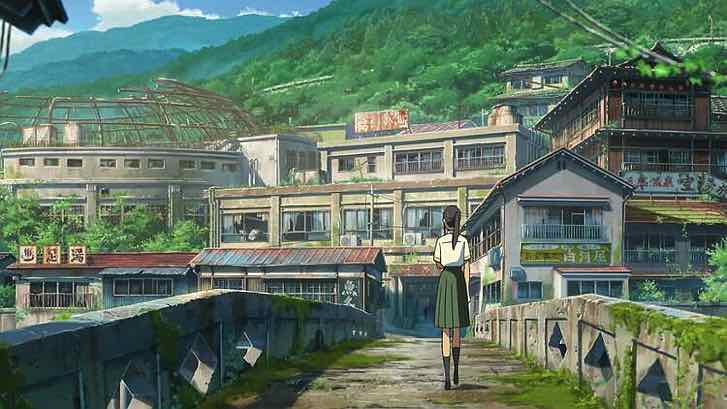
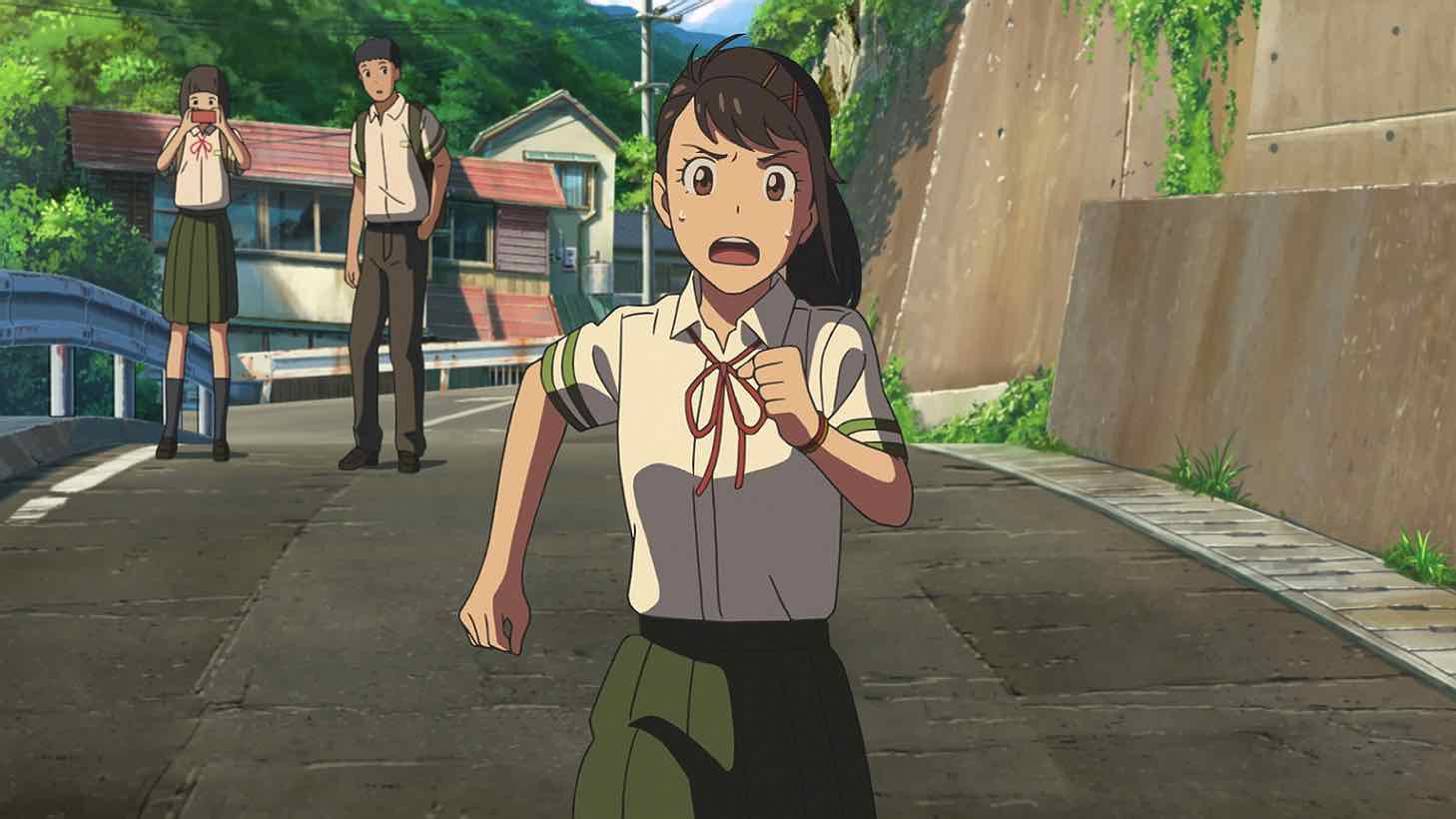
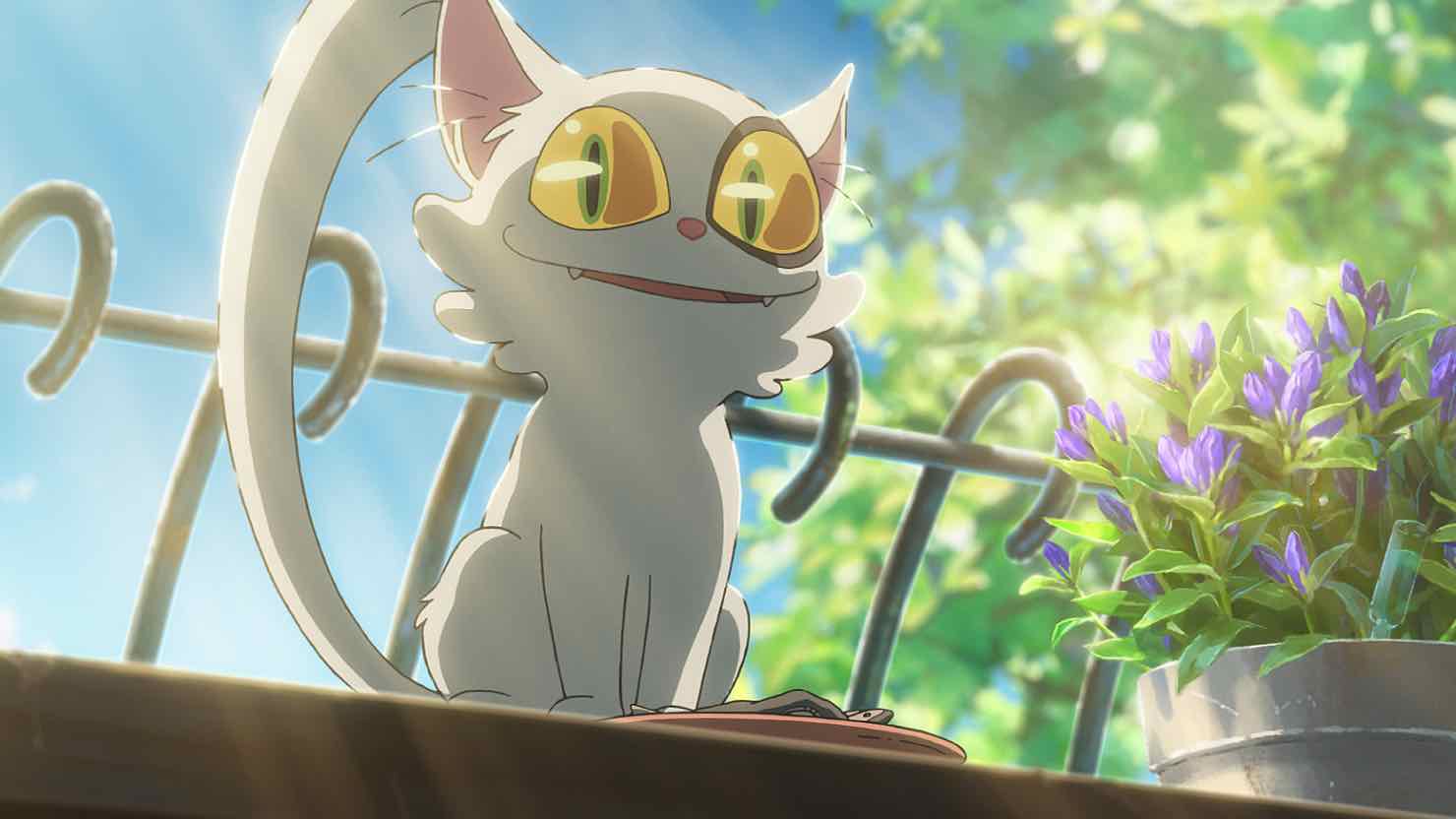

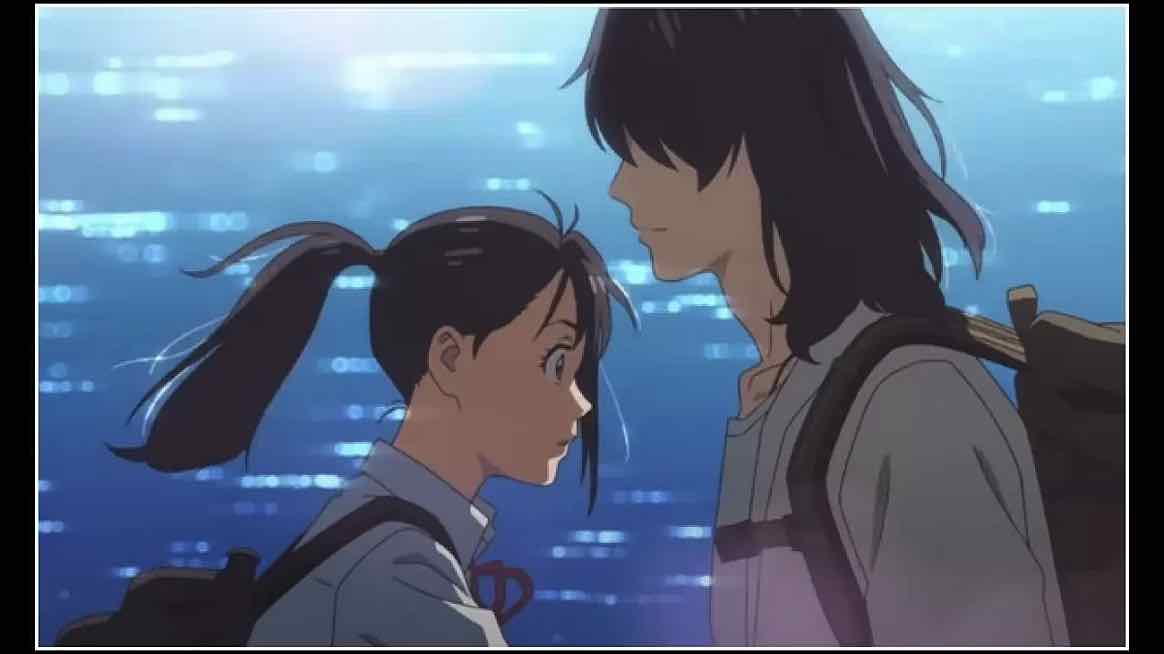
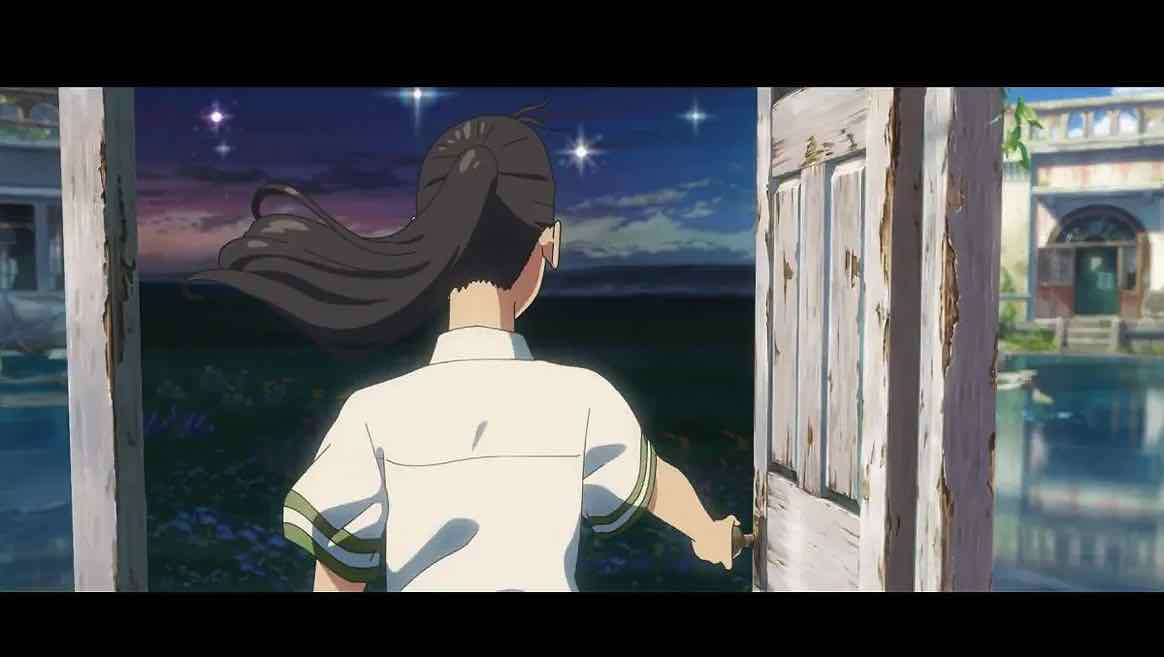
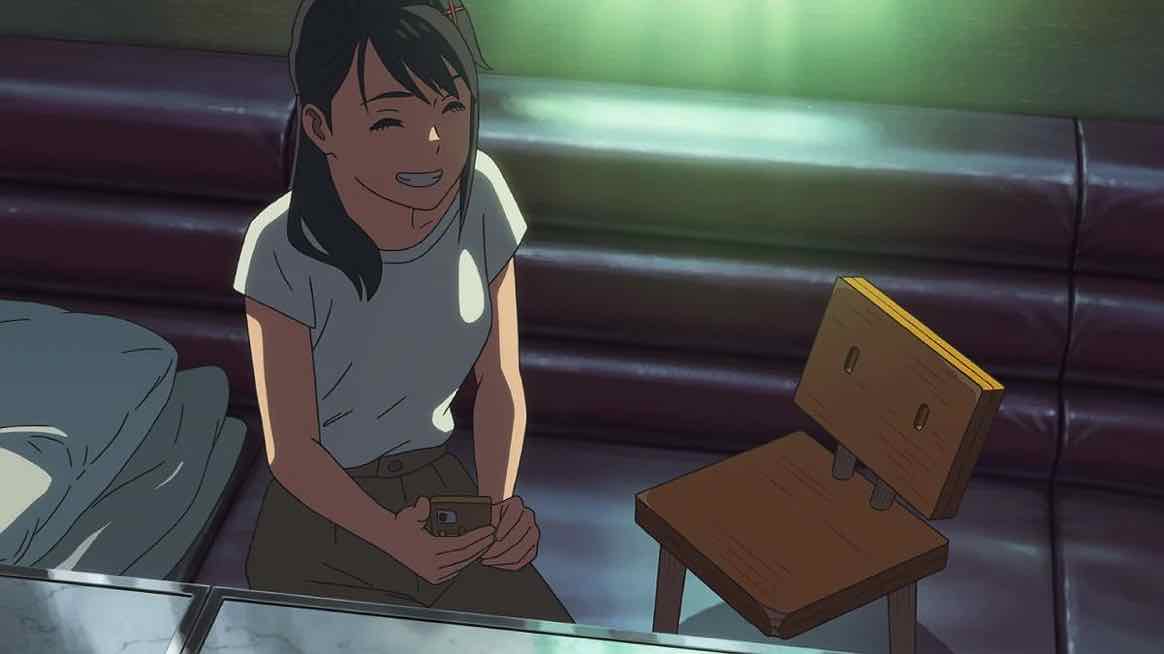
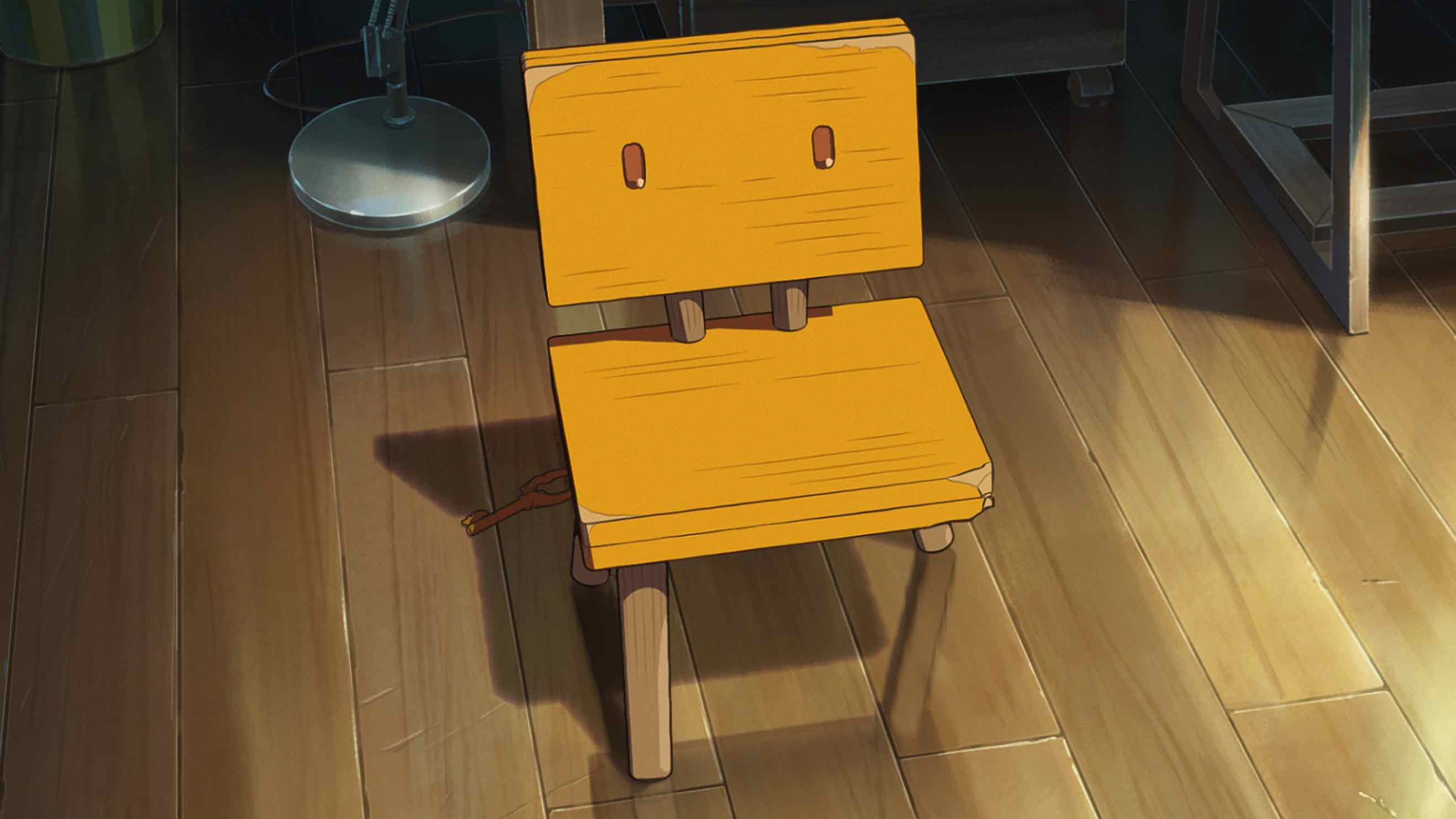
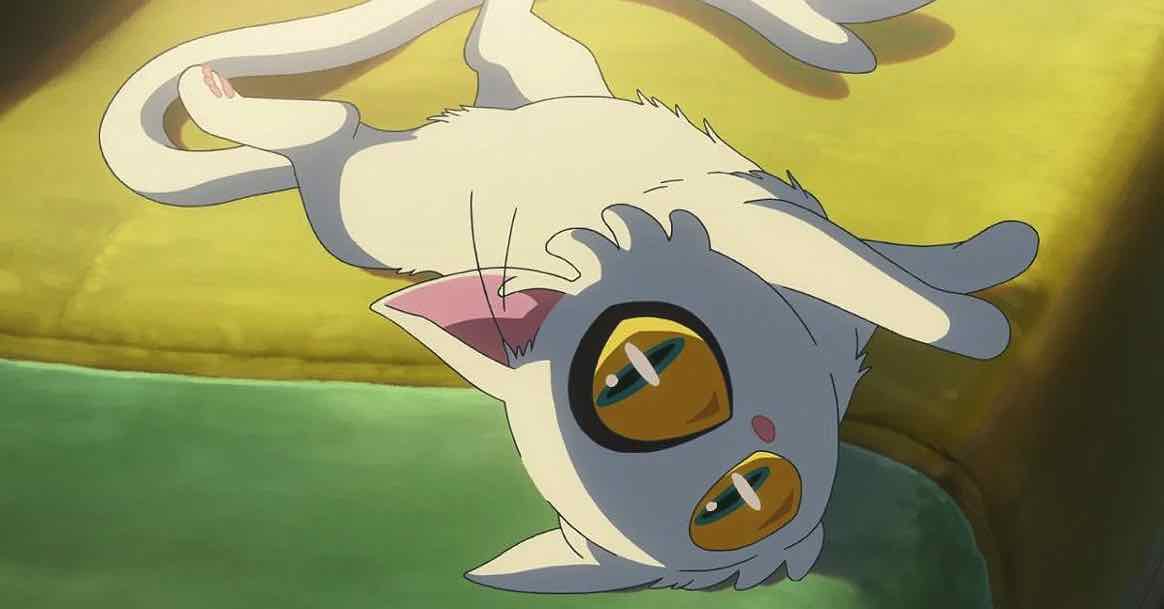
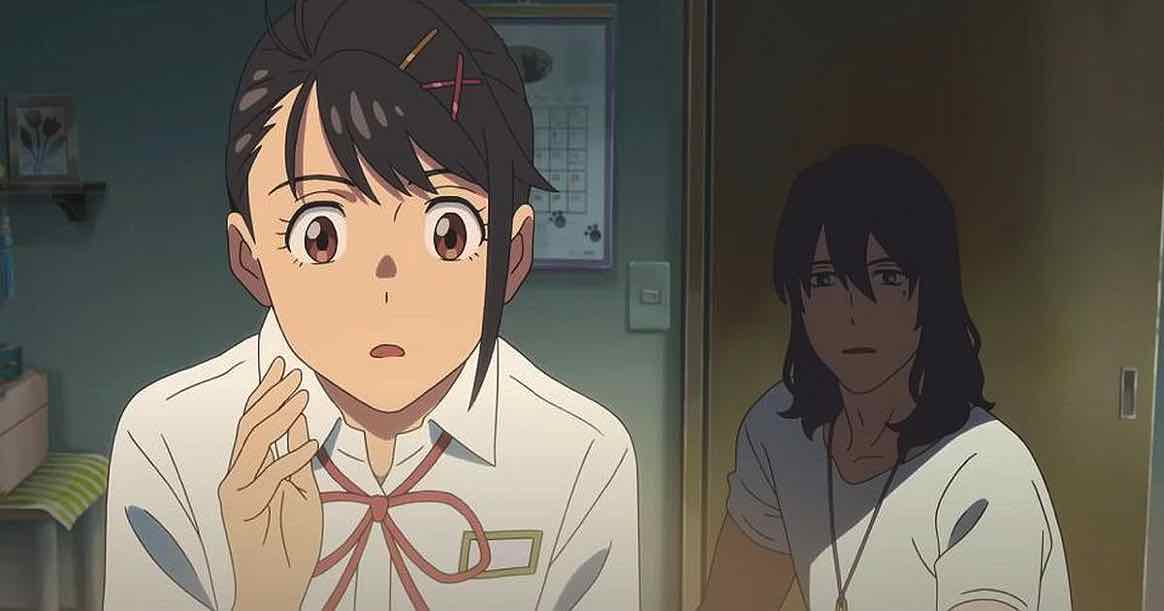
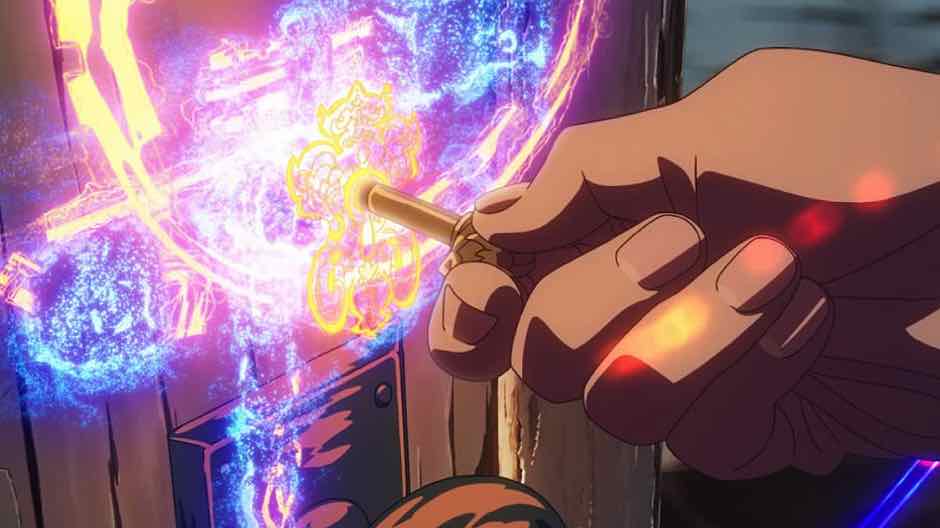

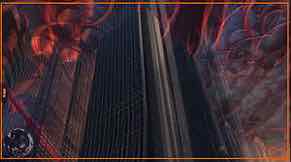
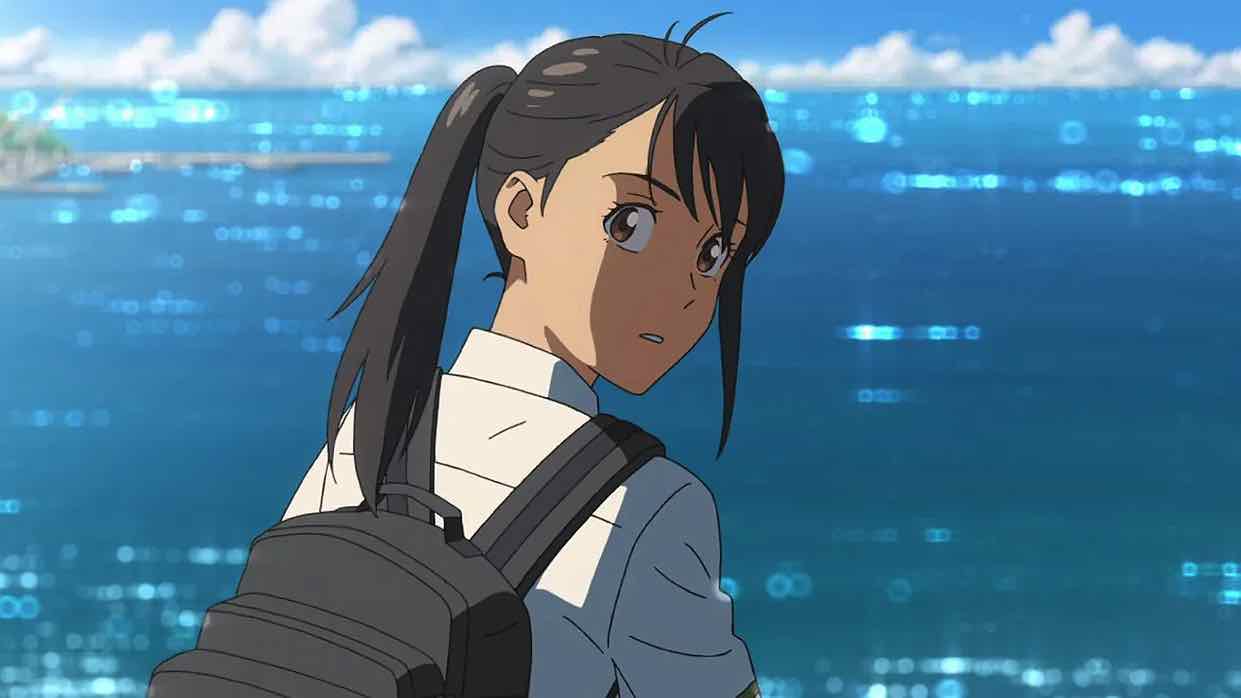
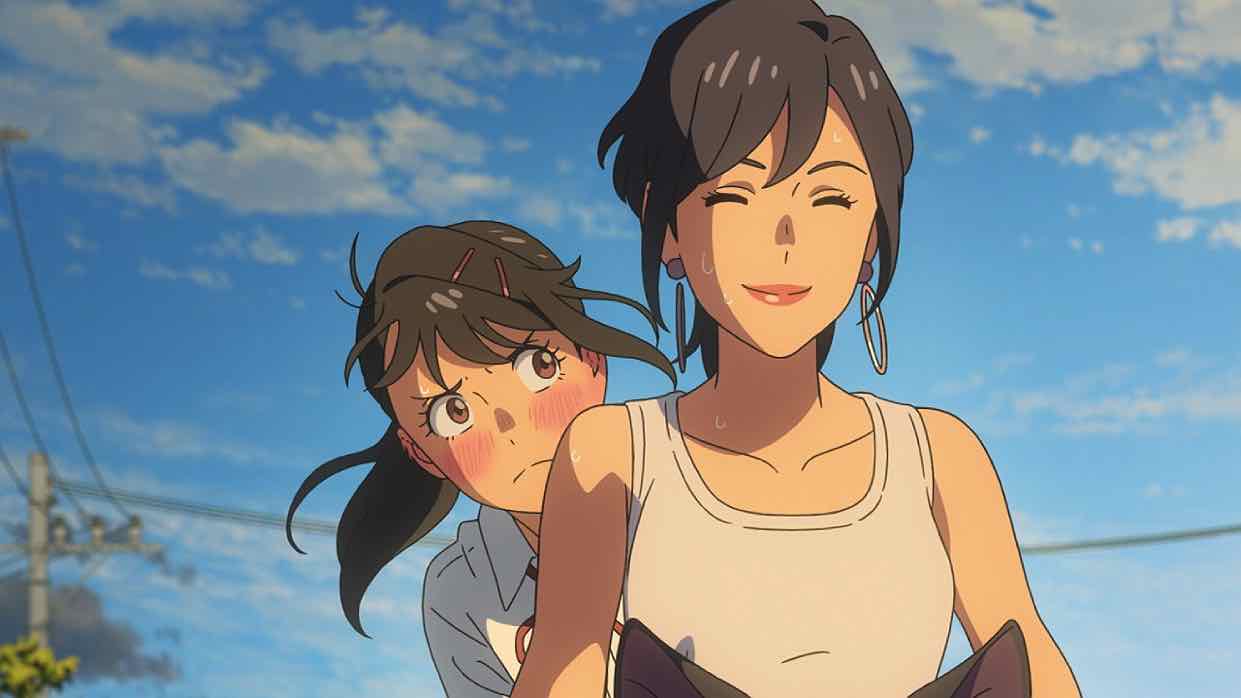
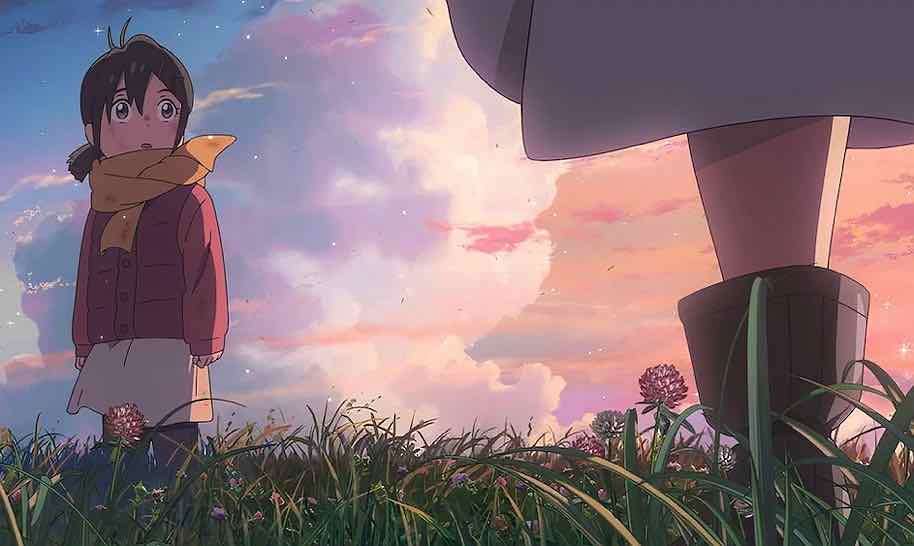
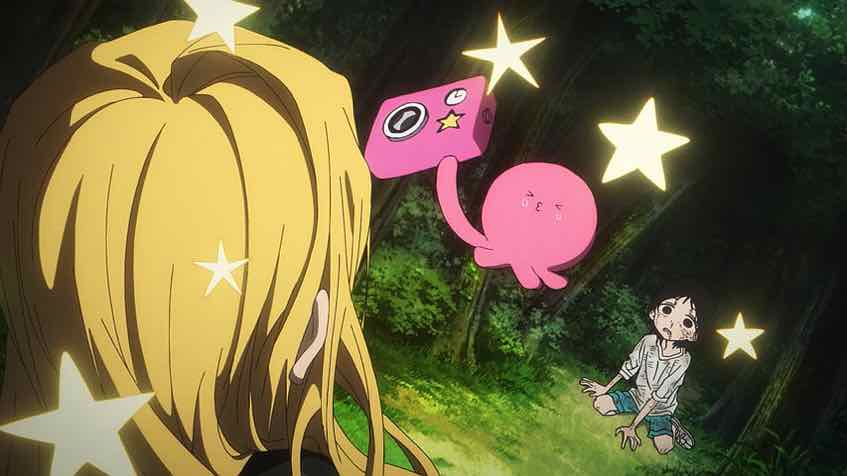
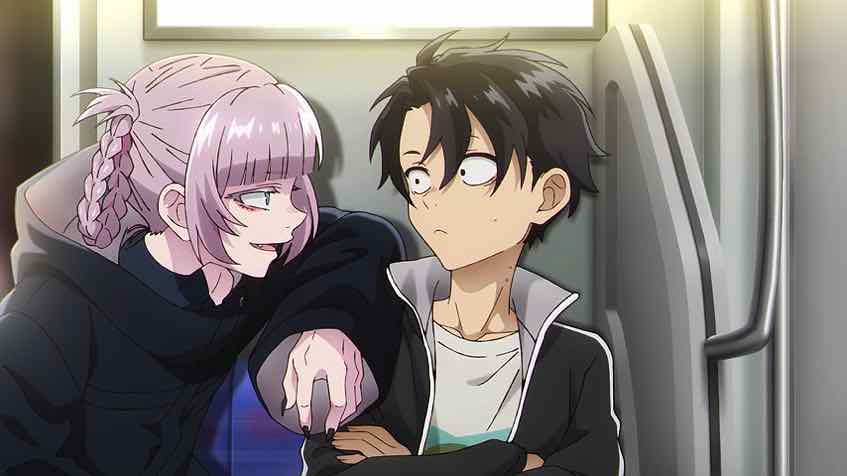
Folcwine P. Pywackett
May 6, 2023 at 5:37 amWIth all the buzz out of Asia about this work, I very much looked forward to seeing Suzume as I am a major Shinkai fan. Have all his films on Blue-ray up to and including Your Name. I was there in the theater for the very first IMAX showing as I wanted that big screen/sound effect, and I was not disappointed. The Shinkai art is on full display in Suzume.
But I was taken by your review and quote
“He struggles with conventional storytelling in my opinion, especially when he tries to go big. He does better with personal stories, and the weirder the better. As Suzume is a mix of all those elements, it’s unsurprisingly likewise a mixed bag in terms of how well it succeeds as a story.”
That was my reaction to the story itself, which was all over the place. It reminded me of “Children Who Chase Lost Voices (星を追う子ども, Hoshi wo Ou Kodomo)” The girl in Children meanders through a beautiful other world, meets strange creatures, and so forth. Suzume literally runs through what seems like the whole of Japan, and then even changes time itself. But I nearly went to sleep at the 1 hour mark. All that kinetic action just came down to a fast meander like Children. I wanted a story.
A work released in 2021 “The House of the Lost on the Cape (岬のマヨイガ, Misaki no Mayoiga)” directly addresses the 2011 Touhoku disaster. Written by Reiko Yoshida, House tells the story of two orphans who lose their entire families to this disaster. MS Yoshida uses mythology as a form of healing for those so badly hurt as these two young girls. This is a story of naked tragedy and total loss, but also about recovery and moving on with life. It is a very beautiful story about very horrible things.
Guardian Enzo
May 6, 2023 at 8:53 amI’d heard of that, sounds interesting.
I do think this holds together better and has a more coherent thematic structure than Hoshi wo Ou, which for me is easily Shinkai’s weakest film. But it is a bit scattershot, no question.
Anchen
May 6, 2023 at 6:01 amI personally quite liked Suzume, at least compared to Weathering with You. I felt the more straight forward “adventure” of it in the first half was fun and engaging to me, the chair element was fun, although it did get a little repetitive around the third door I think, and by Tokyo it was definitely playing itself a bit out. I did think that around the mid-2/3rd mark it dragged a bit. If I had to make a comment in regards to the writing, it would be that I think Shinkai has some good overall plot ideas, but really needs another writer to polish them up for him ideally to make a truly great film plot wise. Basically Shinkai would come up with the ideas, and probably can still do a lot of the dialog and small moments, but really needs an editor or another writer to button up the connective tissue that binds the film together and maybe pushes him outside of his strict recent comfort. I don’t know if that would ever happen since he’s been enormously successful commercially with his recent films, but it is something I would like to see.
Guardian Enzo
May 6, 2023 at 8:57 amWell you know, Hosoda Mamoru used to work with Okudera Satoko as screenwriter on all his films. And there’s a very clear divide with his movies for me – the ones after they split are significantly weaker than the ones before. Writing is really, really important. I think the big ideas for this movies were always his, and it was Okudera who refined them into a finished script.
I would be very interested to see Shinkai work with a writer who could bolster his weaker areas. But the guy has been a solo act from the beginning, from the point where he literally made his early stuff almost by himself. I’d be surprised if it happens, especially when his movies make so much money.
Aja
May 6, 2023 at 6:38 amWell, I can only speak for myself. But as a professional creative writer, I do find him to be a weak story teller as you said, from a conventional POV. However, he understands not only emotions and also the various ways one can express them and a story through all the available methods (music, visuals, sfx, etc) and that’s pretty rare.
That said, I felt like Kimi No Na Wa was the second weakest movie for me, with Weathering With You being the absolute weakest out of the three recent. For me, Suzume was the best so far, and most cohesive. From a story telling POV, I think Kimi no Na Wa has a ton of plot holes and things that don’t really make sense to me even though I do own the movie and have seen it. But Suzume seems to wrap up just about every story element nicely.
I also feel that Suzume marks a new period where he makes movies not just for not himself, but for other people. He wanted to convey something specific to audiences with Suzume, and I felt as if I understood what it was. Whereas, I felt the message was lost and vague in the prior two movies. At any rate, I do believe he is becoming a better auteur and I can, with Suzume, officially now call myself a proper fan of his work. I look forward to seeing how much better he gets as a storyteller. He definitely took some risks with this movie, especially compared to how safe Your Name is, and I believe the exploration paid off (And I love that you pointed out how different Souta looks, because I appreciated that variety as well.)
Guardian Enzo
May 6, 2023 at 9:02 amHe has a gift for emotional connection, but when he writes full-length films he struggles with the details. I find stuff like 5 CM and Garden of words – even Place Promised – works better as a whole. I agree that he branched off his commercial template a bit more with Suzume than with Tenki.
yagad63893
May 8, 2023 at 1:18 amCan you remind me – which Ikuni work was about the earthquake?
Guardian Enzo
May 8, 2023 at 6:24 amSarazanmai.
Nadavu
December 17, 2023 at 11:50 pmI think where Shinkai really struggles in terms of writing is precisely in making the fantastical elements coherent and relevant to the rest of the plot. That’s why 5cm/s and Koto no Ha no Niwa work so well – no fantastical elements and the “plot” is quite sparse. It’s also why Hoshi wo Ou Kodomo is such a horrible mess, as it’s pure fantasy and attempts a serious plot.
Kimi no Na wa, in my opinion, is his best writing in that respect, and Suzume was a bit of a step down from there. Still, I really enjoyed it, and it was the first time I got to see a Shinkai Movie on the big screen. And the main couple didn’t forget about each other or had to be separated by time and space. That’s always refreshing to see.
Of course what I _really_ want is another 5cm/s, but maybe it’s better that it stands alone as a singular “too weird to live, to rare to die” specimen, not designed for mass production. Makes the experience that much more special.